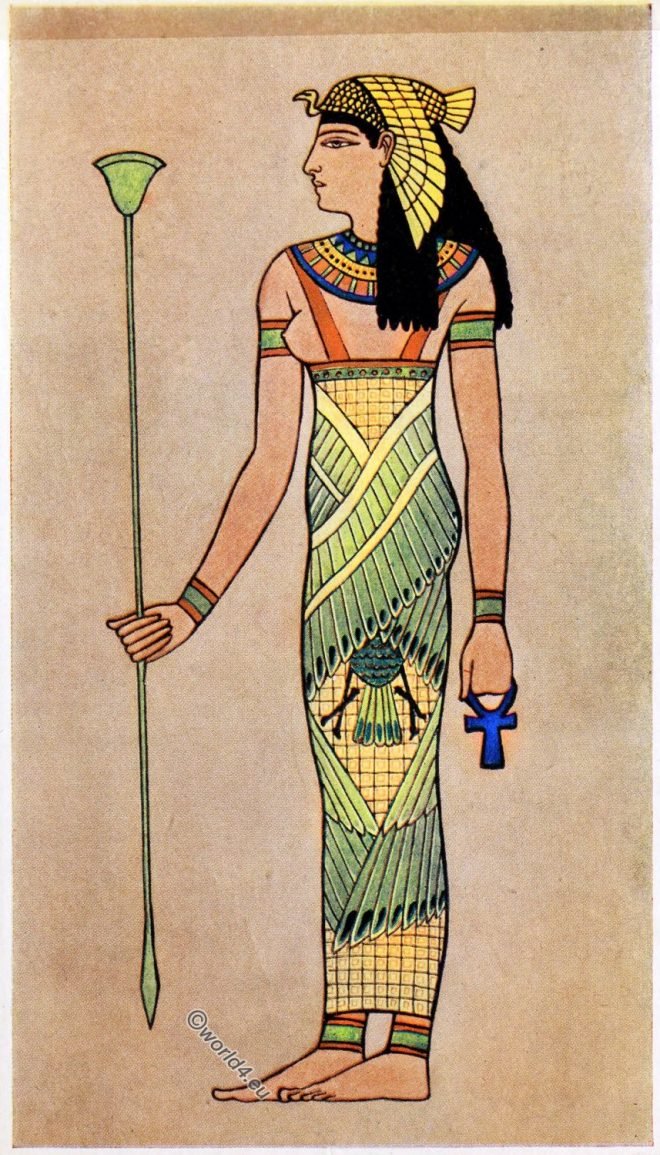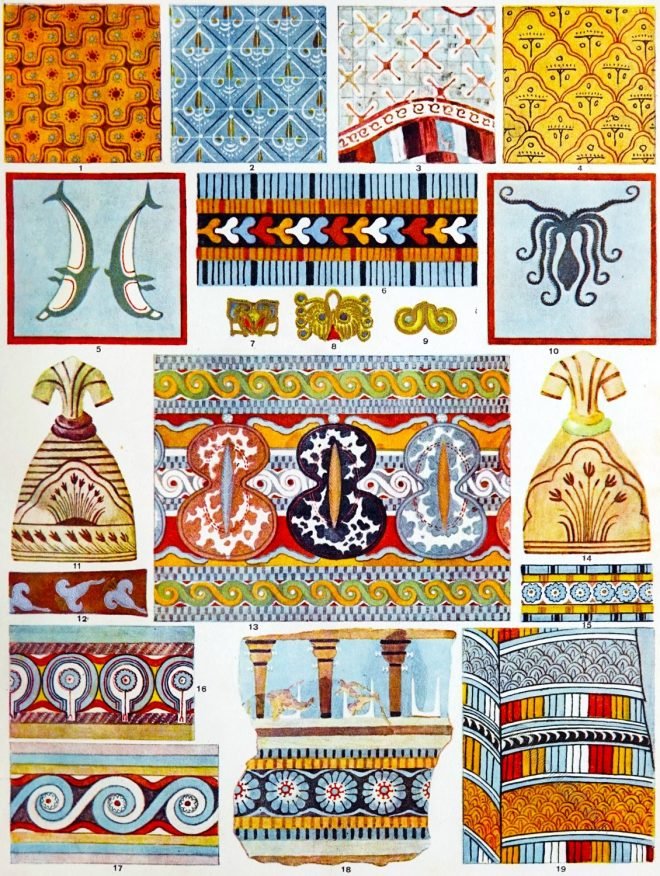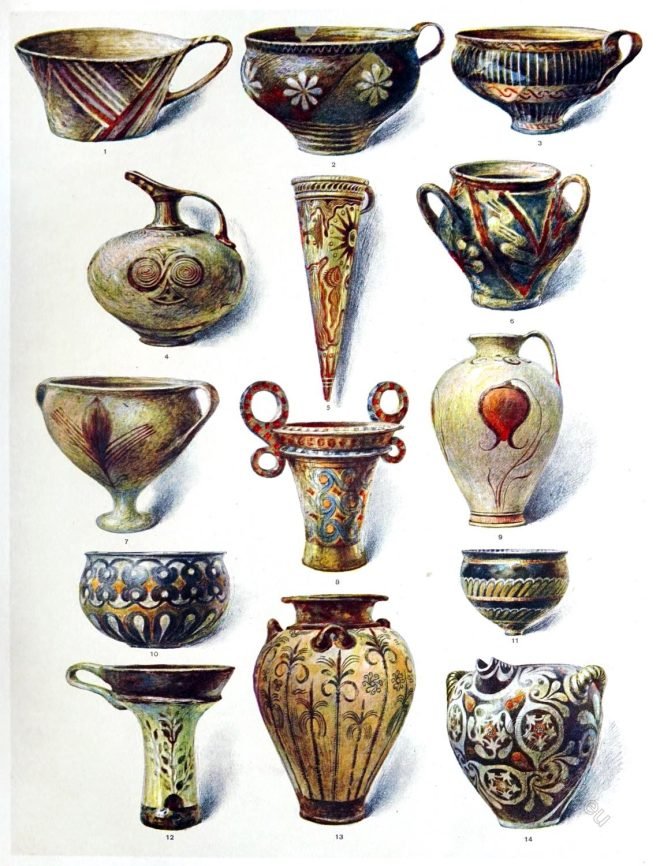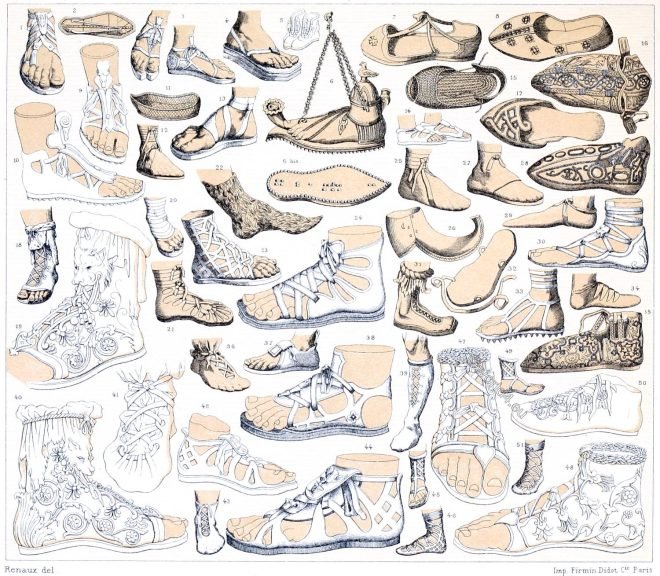Chapter II. Roman, Greece and Egypt. The Corset and the Crinoline.
Category: Ancient Greece
Ancient Greek costume and fashion history. Military, nobility, peasants, decoration, culture
Minoan ornament in applied Art. Crete and Greece.
Decorative Motives from the Arts of early Crete and Greece. About 2000 B. C. Middle and Late Minoan.
Southeast view of the Temple of Poseidon at Sounion, Greece.
The ancient Greek temple of Poseidon at Cape Sunnius, built between 444-440 BC, is one of the main monuments of Athens’ Golden Age.
South-west view of the Erechtheion on the Acropolis in Athens
The Erechtheion is an Ionic-style temple on the Acropolis in Athens, built between about 420 and 406 BC.
Earthenware from Crete and Greece. Middle and Late Minoan.
CRETE AND GREECE. Middle and Late Minoan circa 2000—1200 B.C. Vessels from Cnossus, Mochlos, Korakou, Palaikastro, Melos.
Shoes of antiquity. Sandals, closed footwear of the ancient world.
Classical Antiquity. Footwear. Fashions and Customs. Calceus, Ocrea, Caliga, Campagus, Crepida, Solea, Pero, Ceremonial shoes, Runner’s boots, Lace-up shoe.
The ancient Greek city of Posidonia or Paestum in Magna Graecia.
Percy Bysshe Shelley in Italy. Temple of Neptune at Paestum. Letter from Naples. The Year 1818.
Ancient specimens of Roman and Grecian Glass. Antiquities & Works of Art.
Antiquities and Works of Art. Ancient specimens of Roman and Grecian Mosaic Glass. Amphora, Cruche, or Œnochœ, small Bottle, ribbed Cup.
Exterior view of the Treasury of Atreus, Mycenae, Greece.
A space of twenty feet in breadth, between two parallel walls, leads to the Treasury of Atreus.
The Grecian Silhouette. The Grecian chiton of the Classical period.
In the figure we see the silhouette of that costume which forms our ideal of proportion and grace of line.










